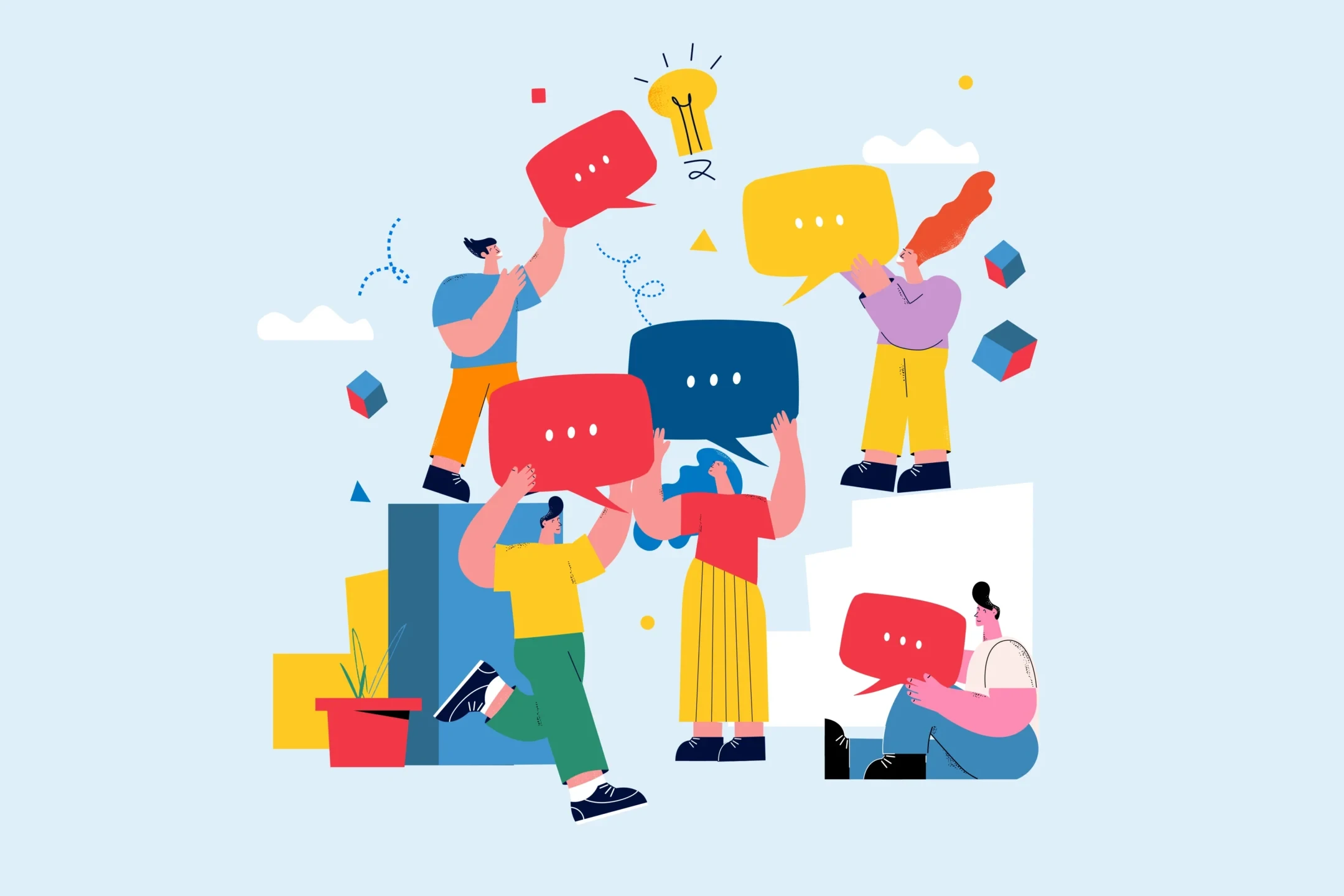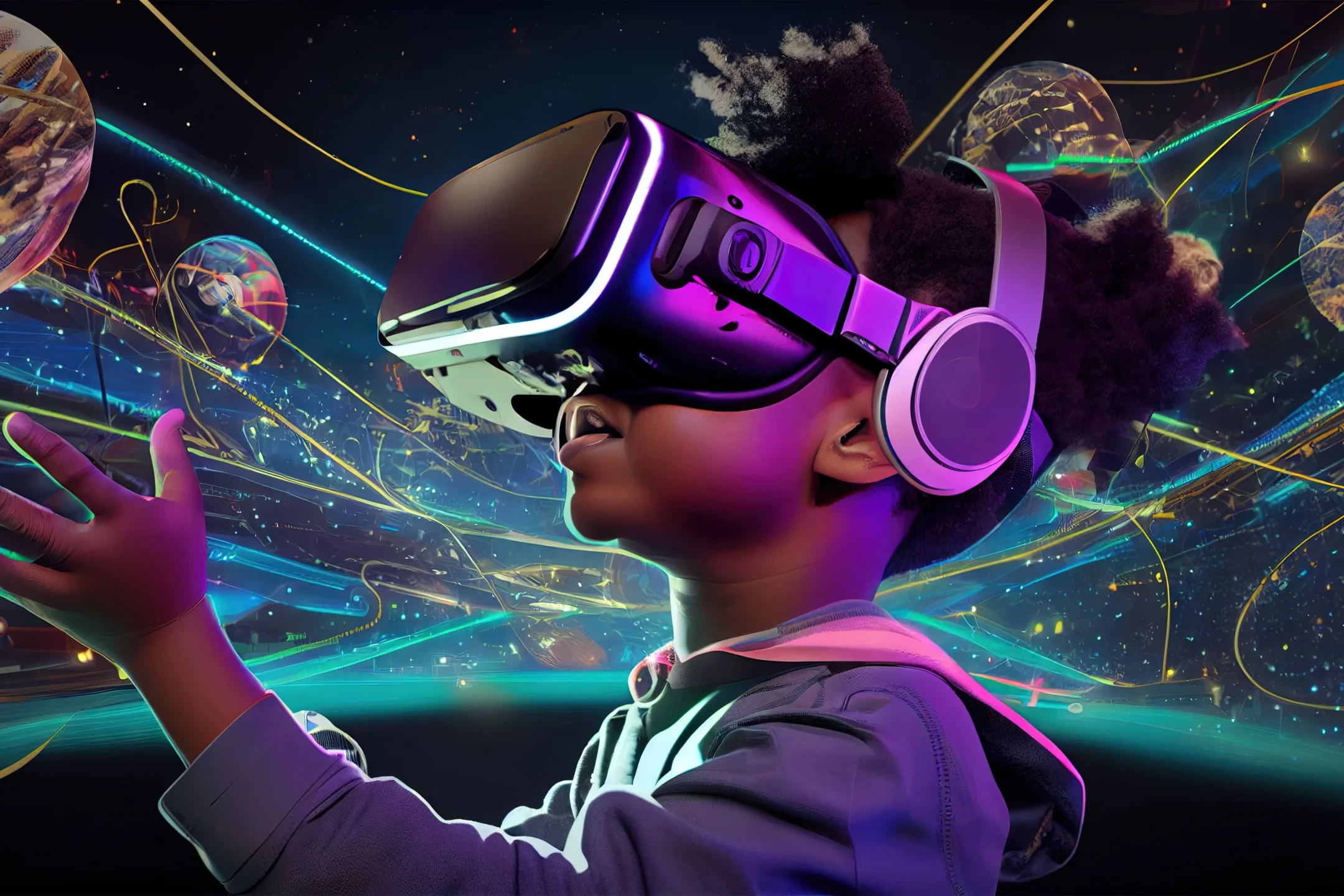Web3 Marketing Trends 2024: How Blockchain and Decentralised Technologies Will Impact Marketing
As Web3 technologies continue to advance at a rapid rate, they will soon begin to reshape the marketing landscape in profound ways like never before. Web3 represents a shift toward decentralised platforms that give users more control over their data and online interactions. This is fundamentally changing how brands engage with consumers and presents a challenge for marketers to adapt and overcome.
Web3 marketing is expected to be a $100 billion industry by 2030.

What is Web3?
Web3, or Web 3.0, represents the next generation of the internet, built on decentralised technologies like the blockchain. Unlike Web2, which is dominated by centralised platforms (e.g., social media companies like Instagram and TikTok), Web3 aims to give users control over their data, identity, and online interactions.
It introduces concepts like cryptocurrencies, NFTs (Non-Fungible Tokens) and decentralised applications (dApps) which are presenting new opportunities for marketers. Web3 allows for peer-to-peer interactions without intermediaries or third party involvement, enabling more privacy, transparency, and autonomy in the online experiences consumers have. In essence, it’s the internet owned by its users rather than large corporations and businesses.

1. Ownership and Digital Identity
Blockchain empowers users to own their data, including personal information, digital assets, and even online identities. The most important benefit here is control of these assets and identities making blockchain an interesting topic to be explored. Marketers will need to adapt by focusing on transparency and consent-driven data collection to be able to adapt with new technologies like these. By leveraging decentralised platforms, brands can foster trust by giving consumers control over their data and moving with the times.
2. Token-Based Economies
The rise in use of cryptocurrencies and NFTs (Non-Fungible Tokens) enables new ways for brands to engage and reward their audiences. This has also become a new way to pay and to trade digital assets associated with your brand. Marketers and brands can create tokenized loyalty schemes where customers earn crypto rewards or NTfs for their interactions with a brand. NFTs can also be used for unique brand experiences, digital collectibles, or exclusive access to online and physical events, fostering deeper community engagement. For example, many clothing brands have produced digital NFT versions of their clothing so that customers are able to collect and trade these assets online, even being able to wear them on game characters!
3. Decentralised Content Creation
With Web3, content creation is becoming more decentralised, giving power to the creators. Creators are now able to monetise their content directly through decentralised platforms that use technologies such as blockchain, bypassing traditional gatekeepers and eliminating third party involvement. Brands can leverage these decentralised networks to collaborate with creators in a more equitable and transparent manner, creating content that resonates with Web3-savvy audiences and new technology adopters.

4. Smart Contracts
Smart contracts are a new concept which are becoming increasingly popular with businesses. Smart contracts are self-executing contracts with the terms of the agreement directly written into code, meaning you can automate many aspects of different marketing activities. These activities can include tasks such as affiliate marketing payments or ensuring campaign deliverables are met. This reduces reliance on intermediaries and third parties to run your business and enhances efficiency and trust with your audience.
5. Community-Driven Marketing
Decentralised Autonomous Organisations or more commonly known as (DAOs) are currently gaining traction as community-driven entities that can make collective decisions about the running and operations of a business. Brands can create DAOs around their products and services, allowing their customers to have a say in different aspects of product development or marketing strategies that get employed. This not only builds brand loyalty and trust amongst your audience, but also drives a sense of ownership among the community.
Final thoughts...
Web3 is more than just a technological shift in the market, impacting the modern world; it’s a paradigm change that requires marketers to rethink their digital strategies and tactics to gain business. By embracing transparency, leveraging decentralised platforms, and creating community-driven marketing initiatives, brands can stay ahead of the curve in this new digital frontier and leverage innovation for their benefit.
More interesting content...
Like this story? Share it on your social media...
For more of the latest content, why not subscribe to our mailing list...






